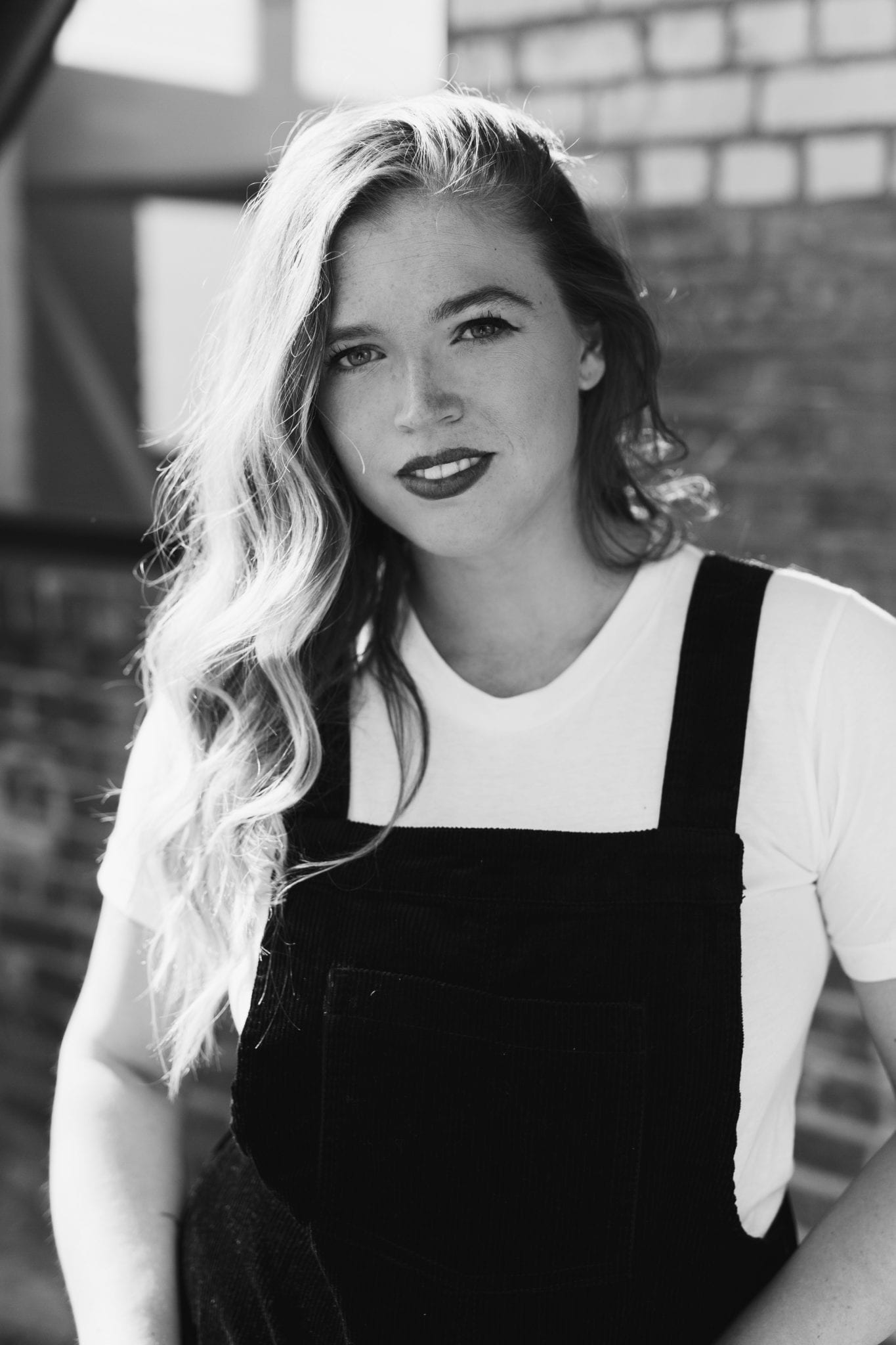

Photo by Lieselotte De Bie on Unsplash
I don’t remember how it felt to kick and scream as a kid. I don’t remember how it felt to wail, to want something so unreasonably badly that the gut-yearning made my fists clench into white and, in protest, caused my hair to swirl all over the floor. I remember hearing about tantrums. My parents love to tell the story of my horse toy aisle Target blunder. I lost my goddamn Cheerios when I couldn’t bring home the horse stable and trailer. My parents love to brag that they left the store with all our items in the cart because of it; how much it blew my mind that my screaming wouldn’t get me anywhere. I was in for a journey of riding mysterious feelings through and through.
Tantrums, the most organic of their kind, are most common in children ages 1-3, when kids are developing their social and emotional skills. Kids don’t have words to express their emotions and test the waters of their boundaries, throwing themselves on the ground to see how their parents react to their confusion. Which makes total sense. Imagine being a child again, feeling big feelings everywhere, and on top of that being viciously hungry, and unable to express any of it.
Interestingly enough, as we get older, we completely void the possibility of tantrums. Since we have the words to express ourselves, we’re able to self-regulate our emotions. We know how to cope. We won’t snot-cry in a meeting because someone spoke over us or wasn’t listening to our big idea. We can, ideally, cope with what shakes us. Potent emotions—worry, fear, shame, anger—are less overwhelming. We know them. It would be ridiculous for an adult to have a tantrum. Right?
We are, still, capable of a tantrum. Its emotional current takes form just like it did when we were children. But now, we pack our emotional flare-ups in tiny boxes. We seize them like a hot fire, pouring water on the coals.
The thing is, I don’t think so. We’re not allowed to have tantrums that look like explosions of sudden anger. Adults don’t arch their back, flail their limbs, stiffen their legs, wind and kick their ankles and scream, “I HATE MY JOB!!” in the middle of an earnings meeting. However, adult outbursts take a new form. And I deeply believe they’re still tantrums. We, like children, can no longer find the words to properly express ourselves. We don’t know how to manage every single feeling we’re dealt. We struggle to change the world around us, especially now. At a tantrum’s root, these are the barriers that water their cells.
We are, still, capable of a tantrum. Its emotional current takes form just like it did when we were children. But now, we pack our emotional flare-ups in tiny boxes. We seize them like a hot fire, pouring water on the coals. An adult tantrum? How embarrassing! We would never! In turn, these mood-huffs are the before-the-storm, earth-shatteringly quiet tremor in our gut. They are uncoiled, private outbursts of frustration. So, why aren’t we talking more about how they feel as adults?
My adult tantrums come in many forms. What scares me the most is that they’re not explosive like they were when I was little. They’re so quiet, they get lost. They’re foggy and distracting. I can’t read a book because my silent blowups don’t let me focus. So sometimes, a tantrum will put me on TikTok or Instagram for over forty minutes. And I’ll sit listlessly in my own wake of jealousy, comparison, and wanting.
Another super jazzy thing I do is, whenever faced with a rejection letter or adversity in my writing, my brain tells me: “You don’t care. You don’t want to be a writer anyway.” I push my problems aside, instantly allowing myself to ignore caring for them. I know how to tolerate disappointment, but lately, the world has brought me to a place where I’m tired of tolerating hardship. And any wild pitch throws me into a tornado of ignorance.
My tantrums also convince me that I’m not valuable at work; that I might be fired at any instant because actively consoling myself the past year has become deeply difficult. I buy stupid things on the Internet, drink too much on a Wednesday, and ignore text messages (Writer’s Note: Don’t even get me started on group texts). It feels a lot like a lazy form of protest. Because I’m miserable, I bury myself in that misery. I’ll act self-deprecating and cover myself entirely in the blanket of pain I’m feeling. I had a bad day! I DESERVE this wine and Doritos, assholes. Guys! I’m eating junk food and watching rubbish. You better come out and stop me!
They are the direct indication that we could need help coping. Like our parents did for us when we were three, we need to do it for ourselves.
With social media, tantrums have become the self-deprecating butt of the joke. In fact, tantrums make the best memes. We laugh at each other for surrounding ourselves in the sad ways we wallow. Before I walked into Whole Foods in sweatpants, hair billowed on top of my head like a horn, I debated taking a video of myself and posting on Instagram with a stupid caption like: I’m trying. Which, in its entirety, is deeply sad. Our tantrums have become feverishly public desires, whether it’s a call for help or an arm reaching out.
My tantrums are so covered by my own embarrassment for them, they are tough to admit or describe. I think it’s because they feel so minor in themselves, and it’s hard for me to admit that I’m sad or can’t diagnose my feelings with anything but mindless, blind frustration. I hate getting dressed, for example. I can barely imagine putting on normal pants and instead of stomping my feet and screaming about it, I’ll go ten days straight wearing sweatpants and eating nothing but bagels and pizza. I go to the post office and grocery store wearing pajamas and barn boots once a week. I realize this may be the fog of low-grade depression, but adult tantrums can shape themselves that way. They are the direct indication that we could need help coping. Like our parents did for us when we were three, we need to do it for ourselves.
We’ve had a year. We’re not perfect. We’ve endured an entire cycle of an election, amidst a pandemic. We’ve lost the energy to cope with things and our inner voice has dimmed. And yet, we’re flooded with self-care tips and boisterous Twitter reminders to drink water. We’re pressured to get enough exercise and stay away from our phones. And that, partially, is where these tantrums begin. What if we don’t want to do all these things? What if we just want to be standing in the produce aisle wearing big sweatpants, considering spending $15 on a wheel of cheese?
Well eventually, just like our parents told us, our tantrum will burn itself out. And we’ll be (hopefully) willing to come out of it and take care of ourselves again. I’ve already committed to a dry February and leaving my phone in another room instead of my bedside, so I can wake up more naturally and stop doomscrolling first thing in the morning. However, it’s inevitable that the world will send me into a tantrum frenzy again. Threats on our democracy, impeachment, and depressing news on climate change will show up at my front door despite a non-invite. And I’ll be placed back into my own devices and pushed to ride the storm out.
Tantrums deserve respect because they’re showing us when we’re overwhelmed and don’t know how to express our feelings. Take your time with them. Let them see their way through you.
The adult tantrum will dissipate with time. And while we’re riding its wave, it deserves our attention. Whether or not we want to hide under a blanket, eventually, we’ll try to physically change our state of mind, squeeze the tantrum out by expelling its energy—with jumping jacks or yelling into a field. Tantrums deserve respect because they’re showing us when we’re overwhelmed and don’t know how to express our feelings. Take your time with them. Let them see their way through you. We’ll figure out our feelings with time.
Lastly, if you’re in the middle of having one, and I can’t stress this enough, leave Target.
Brittany Chaffee is an avid storyteller, professional empath, and author. On the daily, she gets paid to strategize and create content for brands. Off work hours, it’s all about a well-lit place, warm bread, and good company. She lives in St.Paul with her baby brother cats, Rami and Monkey. Follow her on Instagram, read more about her latest book, Borderline, and (most importantly) go hug your mother.








